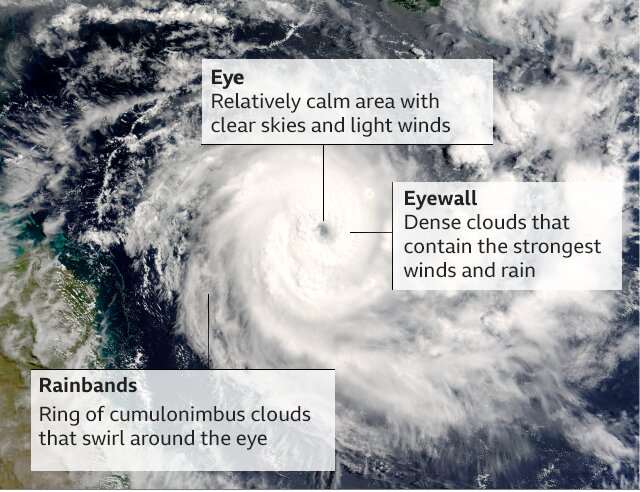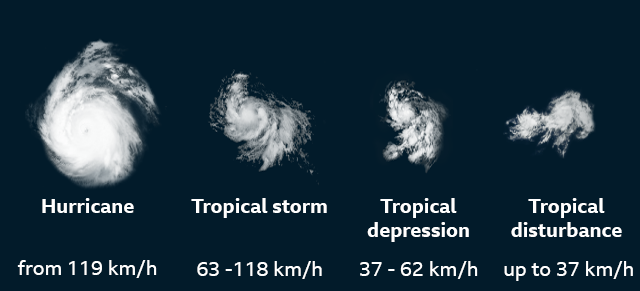Geography
Hurricane Delta
- 12 Oct 2020
- 3 min read
Why in News
Recently, Hurricane Delta made landfall in the USA state of Louisiana, which is still recovering from the damage caused by a previous hurricane (Laura) in August 2020.
Key Points
- Hurricane Delta is the 10th named storm to make USA landfall so far this year, breaking a record that has stood since 1916.
- As per the scientists, global warming is a major cause behind rapidly intensifying Atlantic hurricanes.
- Delta is also the first Greek alphabet named hurricane on record to make landfall in continental USA.
- When a very active hurricane season occurs and the list is exhausted, the Greek alphabet is used (Alpha, Beta, Gamma, Delta, Epsilon, Zeta, Eta, Theta, etc).
- It hit Louisiana as a Category 2 hurricane, but weakened to a Category 1 as it moved inland.
- Hurricanes:
- Hurricanes are the biggest and most violent storms on the planet.
- Every year, between June and November they hit the Caribbean, the Gulf of Mexico and the eastern coast of the United States, sometimes leaving a trail of destruction in their wake.
- In the western North Pacific, they are called "typhoons".
- In the Bay of Bengal and Arabian Sea, they are called "cyclones".
- In Australia, they are called “Willy-Willy”.
- Formation:
- A hurricane starts out as a tropical disturbance. This is an area over warm ocean waters where rain clouds are building.
- A tropical disturbance sometimes grows into a tropical depression. This is an area of rotating thunderstorms with winds of 62 km/hr or less.
- A tropical depression becomes a tropical storm if its winds reach 63 km/hr.
- A tropical storm becomes a hurricane if its winds reach 119 km/hr.
- Category of Hurricanes:
- Hurricanes can be classified in five categories depending on the sustained wind speeds.
- In the Atlantic, the Saffir-Simpson wind scale is used to measure their destructive power.
- Parts of a Hurricane:

- Eye: The eye is the "hole" at the center of the storm. Winds are light in this area. Skies are partly cloudy, and sometimes even clear.
- Eye Wall: The eye wall is a ring of thunderstorms. These storms swirl around the eye. The wall is where winds are strongest and rain is heaviest.
- Rain Bands: Bands of clouds and rain go far out from a hurricane's eye wall. These bands stretch for hundreds of miles. They contain thunderstorms and sometimes tornadoes.
- Naming:
- Each year, tropical storms are named in alphabetical order. The names come from a list of names for that year. There are six lists of names. Lists are reused every six years.







